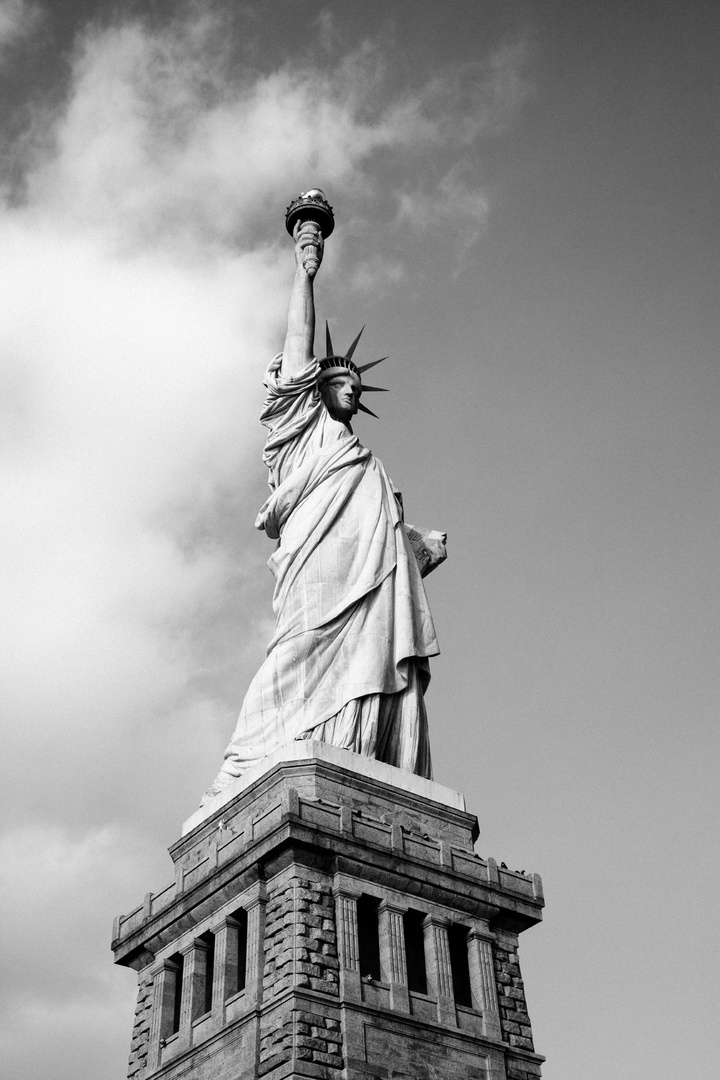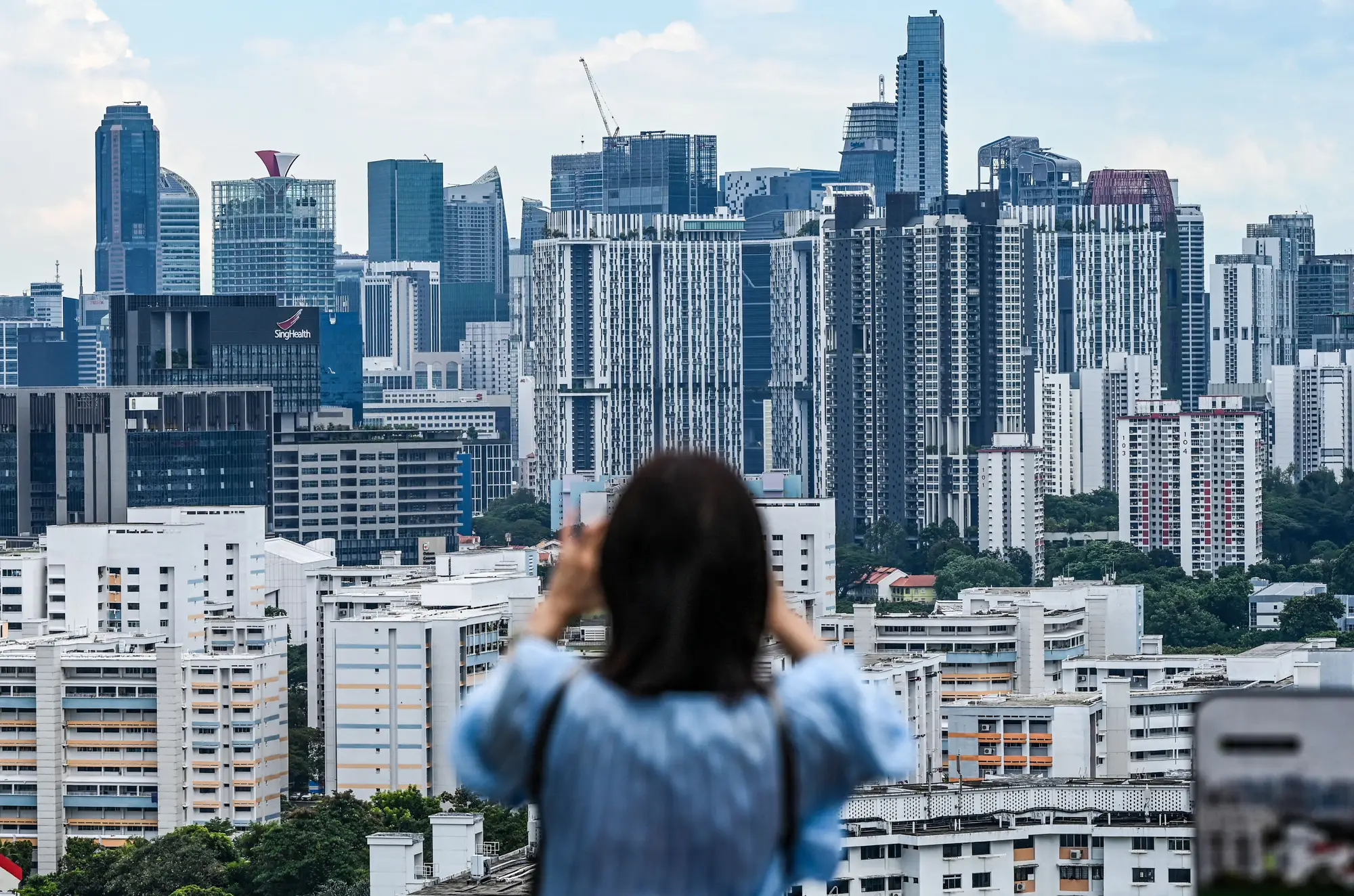Barcelona’s tourism industry is undergoing significant changes as it grapples with its worst drought in centuries. From drought alerts at the airport to innovative water-saving technologies in hotels, the city is reshaping its approach to tourism amid a critical water shortage.
As tourists arrive in Barcelona, they are greeted with a stark message at the airport: “Drought alert. Save water during your stay.” Catalonia has been in a severe drought for three years, experiencing its worst dry spell in 200 years. Although recent rains have provided some relief, the region remains on high alert for future water shortages.
In light of climate change, which predicts less frequent rainfall in the Mediterranean basin, many hotels in Barcelona are proactively implementing water conservation measures. One such establishment is St. Christopher’s Inn, a hostel near Plaza Catalunya. This hostel has a recycling system that reuses water from showers and sinks for cleaning and toilet flushing. Additionally, to reduce water consumption, the hostel charges €1 ($1.07) for each towel change and has installed timed push-button showerheads.
“The biggest challenge is the cost. We are a building with 450 beds and 35 showers. Initially, it was a bit complicated to justify the investment, and we had to convince the company to approve our budgets,” explained Alex de Luca, marketing manager at St. Christopher’s Inn.
Other establishments in Barcelona are also adopting measures to combat the drought and promote sustainability. The Hilton Diagonal Mar uses seawater in its pool to extend the water’s useful life, while the Majestic Hotel & Spa Barcelona has redesigned its shower systems to reduce water consumption from 40 liters (10.5 gallons) per minute to just nine liters by mixing more air with the water.
These efforts need to be supported by a change in attitude among visitors. Many tourists are unaware of the drought until they encounter signs and measures at their accommodations. “We are gradually reeducating them. Although the response has been more positive than we expected, occasionally some customers complain that the shower water doesn’t last long,” said de Luca. Despite the effectiveness of these measures, it remains uncertain exactly how much water visitors use.
A study published in May 2023 by the Barcelona Hotel Guild found that hotel guests in the city have reduced their daily water consumption by 40% over the last seven years. The study also revealed that hotels now account for 9% of the total water consumed in the city. Additionally, the average water consumption per tourist stands at 163.5 liters per day, only slightly higher than that of a Barcelona resident when considering the water consumed outside the home.
The Water Research Institute at the University of Barcelona estimates that tourists use around twice as much water per day compared with the rest of society. This significant number highlights the need for a broader change in water usage habits. Jose F. Garcia, director of the university’s Chemical Institute, believes that in the medium term, there could be a shift as the necessity for water conservation becomes more apparent. However, this change will also require a shift in the local mindset.
“The moment we all realize that water is a limited resource and that we can’t use as much as we want, we will all use less. This will also lead to a change in the economic model,” Garcia said.
In some places, like St. Christopher’s Inn, this change is already beginning. “Every action counts when it comes to water conservation. From the management decisions we make to the behaviors we encourage in our guests, we all have a role to play,” de Luca emphasized.
This article by Ayurella Horn-Muller was originally published on Deutsche Welle and is republished here as part of the global journalism collaboration Covering Climate Now.




